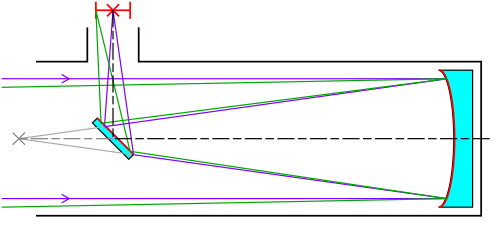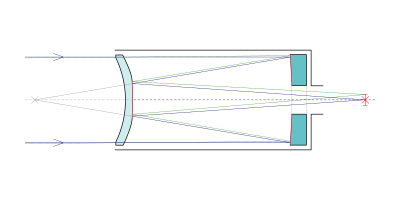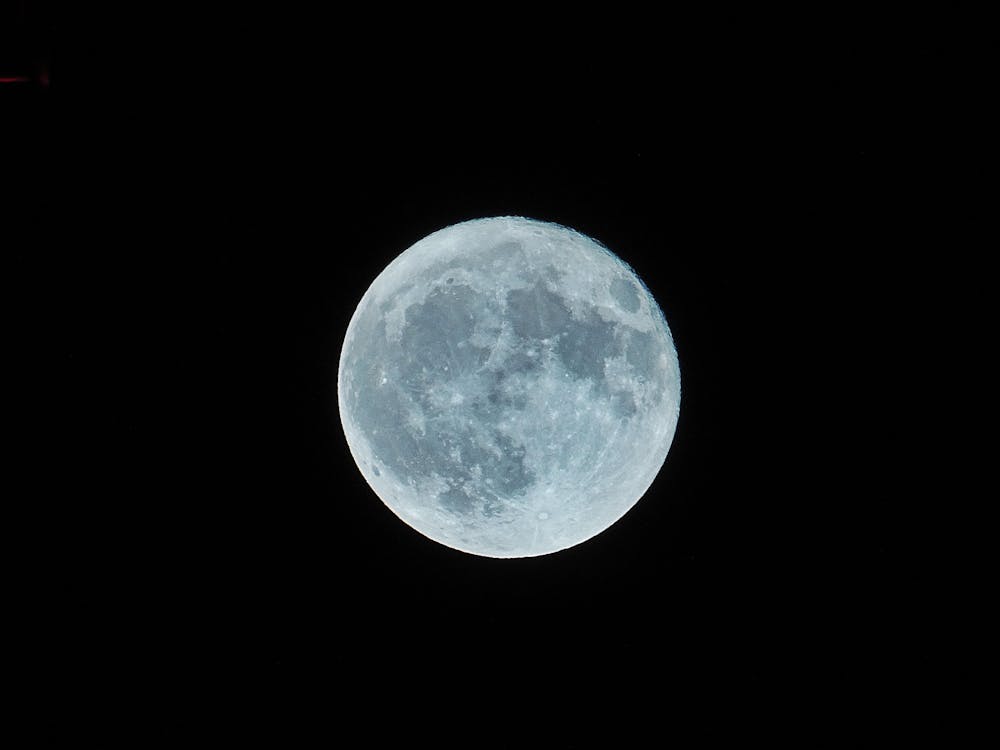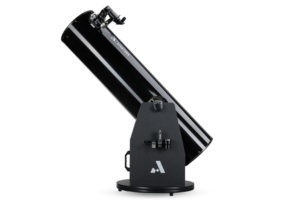
What You Need To Know Before Buying You First Telescope
Buying your first telescope can be both very intimidating and exciting. With so many different types, sizes, and price ranges there are quite a few options. It’s important to learn the basics before purchasing so you get the right telescope for you and what you are looking for in this hobby.
Different types of telescopes are better at certain things than others. You need to keep this in mind before getting one for yourself. Also, remember that picking out your first telescope should also be a lot of fun. It marks your first steps in becoming an amateur astronomer and experiencing some of the amazing things the universe has to offer.
How Do Telescopes Work?
Telescopes work by gathering and magnifying light from objects in the distance. There are three main types of telescopes and each excels in certain areas. The three types are refractors, reflectors, and catadioptric. Below I go more in-depth to the differences between them. The other big difference in telescopes is their size. Depending on their size you may get more or less magnification and aperture. Both are important qualities to consider before buying your first telescope.
What Are The Different Types Of Telescopes?
1. Refractor

The word refractor refers to the bending of light when it passes through one medium to another like from air to glass. You can see an example of this in the diagram above. Refractor telescopes specialize in examining planets in our solar system like Saturn, Mars, and our Moon. They also can be used to look at binary stars.
Celestial objects like planets in our solar system are good if you are using a refractor telescope because refractors usually have very high magnitude and contrast. This makes it an ideal telescope for things like Mars, Saturn, Jupiter, etc. Often times a refractor will be able to outperform the other two telescope types if you are viewing the planets in our solar system. If that’s something that interests you a refractor may be the way to go.
2. Reflector

Reflector telescopes use one or more curved mirrors to reflect light and form an image. Reflector telescopes are very good at viewing deep-sky objects including galaxies and star clusters. This is due to the fact that they often come in a lot bigger size. In a reflector telescope, mirrors don’t cause chromatic aberration and they are easier and cheaper to build large. This is why almost all major telescopes that are used in astronomy are reflectors. Because they are cheaper to build large you are likely to find large reflectors at a decent price point. If you are interested in deep space objects and want a lower price range for the size reflector telescopes are a good option.
3. Catadioptric

Catadioptric telescopes are where refraction and reflection are combined into a single telescope. Catadioptric telescopes specialize in producing images of an object at an infinite distance. In other words, this type of telescope is best for astrophotography rather than visual observing. If you are someone who is very interested in capturing what the telescope picks up then a catadioptric telescope might be the right one for you.
What Aperture Should I Choose?
Aperture is the diameter of the telescope’s light-gathering mirror. In amateur astronomy, the aperture is one of the most important things to look at in a telescope. The bigger the aperture the more light the telescope can bring in. This will result in the more you can see in the night sky. The thing about aperture is there is always a telescope that is bigger and brings in more light. That’s why it’s important to understand that while a bigger aperture will result in more light, you can still see plenty of amazing things with a smaller aperture. For reference, anything above 2.8 inches in aperture is recommended and will provide a great viewing experience.
What About Magnification

The magnification is the amount a telescope enlarges the object it’s looking at. Again magnification depends on what you are looking for in amateur astronomy. If you are very interested in the planets then a higher magnification will work for you so you can see the planets up close. If you want to look at deep-sky objects you will want a bit less magnification so that your field of view will be a lot bigger. This allows you to see the entirety of deep-sky objects rather than only part of them.
How Much Should I Be Paying?
When going out and purchasing your first telescope you should avoid purchasing anything very cheap and you also shouldn’t break the bank. You want to avoid very cheap telescopes because they usually only make the experience worse rather than if you were just using your eyes.
I also recommend you don’t spend a ton of money like thousands on your first telescope. The reason for this is you want to make sure amateur astronomy is for you first. Try out a reasonably priced telescope first before moving to the multi-thousand dollar ones. One last thing I want to recommend are Dobsonian telescopes. They are not for everyone but they come in many different sizes and are priced very reasonably for the size. Dobsonian telescopes are reflector telescopes that are simple and provide great views for the price. If you want the best bang for your buck then check them out.
Other Helpful Tips When Picking Out Your First Telescope
One specific thing I wanted to point out is for your first telescope you should avoid very fancy automatic mounts that orient the telescope for you. While they are great products and very helpful I think it’s important for new amateur astronomers to have a manual telescope first. This will help you learn the process of finding certain objects in the sky and help you become more familiar with the night sky. Not only that but they are also very expensive and not the best for your first telescope and mount. If you try out amateur astronomy for a while and love it then these mounts are a good option if you want. But as a general rule of thumb start with something you operate manually.
Conclusion
Amateur astronomy is an amazing hobby that lets you experience very unique things. However, when just getting started there is a lot to learn. Before purchasing your first telescope look at the three main types. Decide what you want to do in ammeter astronomy. Whether that’s astrophotography, viewing planets, or deep-sky objects. Once you know what you want, pick which type of telescope best fits your needs. After you know the type of telescope, look at different models and what aperture and other details they are offering. Finally, find the right price that is not dirt cheap but also does not cost you thousands. Remember you are just getting started and will still find plenty of entertainment in a smaller telescope. It’s hard to go wrong when getting your first telescope because no matter how big or small they will show you things you might have never seen before. While it’s important to do your research make sure to have fun in the process and don’t rush it.



